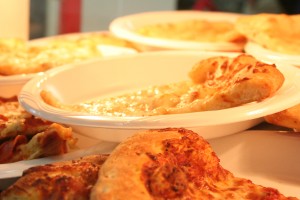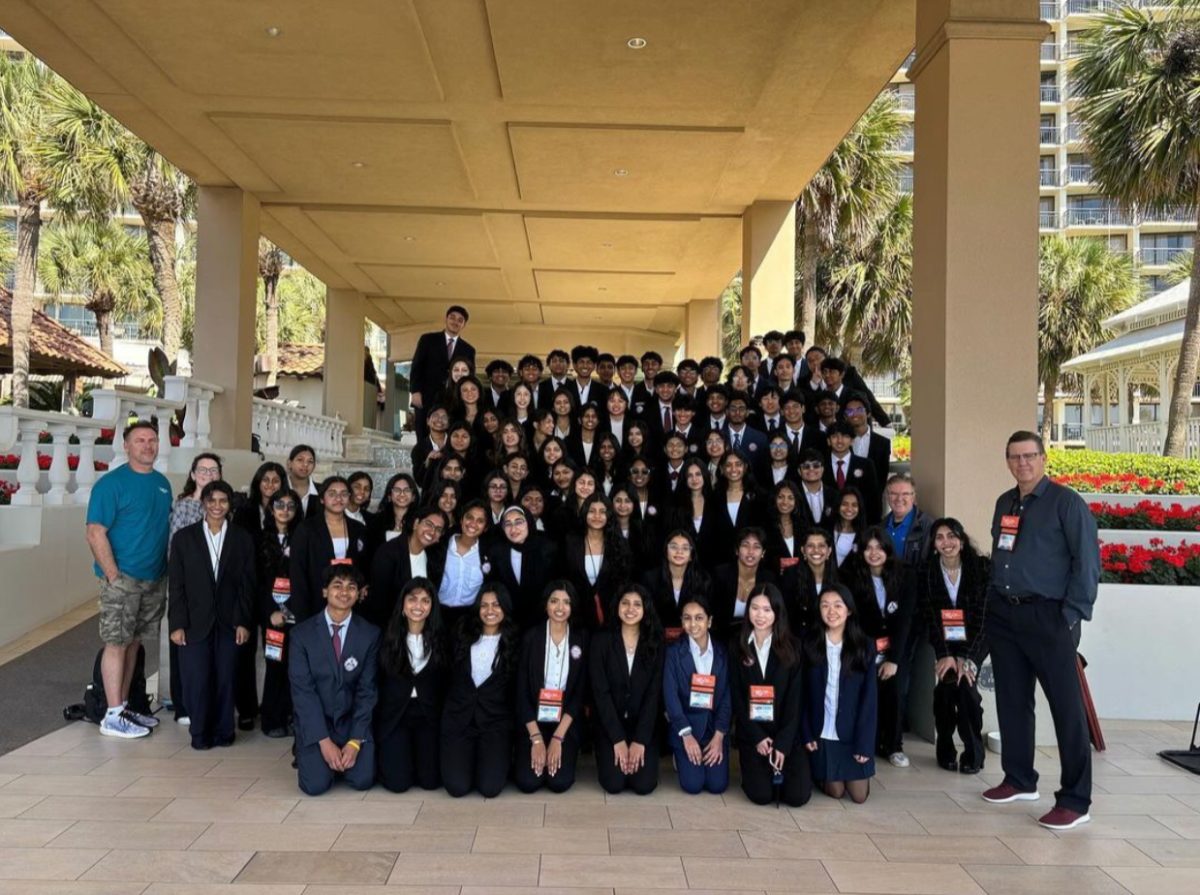
The waffle fries, the Cici’s pizzas and the infamous Otis Spunkmeyer cookies are all amongst the optiona are given in the Coppell High School cafeteria. Delectable in taste yet a hole in the wallet, are these meal options the healthiest to be feasting on?
The state’s concentrated effort to halt the sales of junk food in school cafeterias began in 2001, and was finally sealed off with concrete laws that were enforced Aug 1. The Texas Department of Agriculture created the Texas School Nutrition Policy that has specific dietary guidelines for each grade level.
For high school students in particular, the policy is divided into two different parts. Part A states high school cafeterias may not under any circumstances provide access for students to foods of minimal nutritional value (FMNV). Such types of candy and beverages cannot be sold anywhere or any time on campus or be served by school administrators or teachers until the end of the school day.
While Part A associates specifically with the FMNV policy, part B states the nutrition standards that high schools are expected to follow. Cafeterias are no longer permitted to use deep-fat frying as a method of on-site preparation for foods. Aside from preparation methods, candy bars and closed candy packages are not to be sold anywhere on campus during school hours. In comparison to elementary and middle school grade levels, the FMNV policy is the only addition that sets high school nutrition policies aside.
Although changes to the cafeteria policies were made approximately a year ago, these changes have not said to be updated to abide by the current Texas nutrition policy, because CHS and New Tech High are amongst the few school in the Dallas County school district that do not have to.
Due to the abundant presence of fried foods sold in the CHS cafeteria and the collection of candy being sold in the school store, this newfound policy does not seem to be making its way into our cafeteria.
“The prices have gone up because of the increasing cost to buy the food for the school,” cafeteria assistant manager Gina Honza said. “In terms of the food itself nothing has changed, not for this school, but we are on the lookout for healthier options.”
“Coppell High School does not follow the Federal School Meal Program which means it does not have to pursue the new rules,” president of the CISD board of trustees Cindy Warner said.
While there is a portion of the student body that enjoys all the meal plans that the cafeteria offers, there are those who prefer to bring a well balanced brown bag lunch from home. The sandwiches, salads and parfaits are available to all students who buy their lunch, but many of them do not actually choose that path to go down.
“I am aware of all the options available to students in the cafeteria, but I am not a fan of the food,” junior Farah Mithani said. “A majority of the options are unhealthy, and I would just much rather prefer to bring my lunch from home.”
Then there are those who don’t seem to mind.
“The food is better than lunch from home. It’s always at the right temperature and the quality is pretty good,” senior Aysha Amlani said.
The opinions on the food itself may be divided amongst the student body, but the thoughts on its price are rather unanimous. Four dollars for a sandwich and chips of your choice, $1.75 per slice of pizza, $1.25 for a cookie, $1 for a candy bar and anywhere from $1 to $1.25 for a drink. Students find these prices relatively expensive considering an entire meal at Taco Bell is cheaper. Even Mrs. Honza admits to the food being pricey for the average student to buy every day.
In the end, food will be food and students will continue to buy lunch from the cafeteria despite the cost and the debatable quality.














